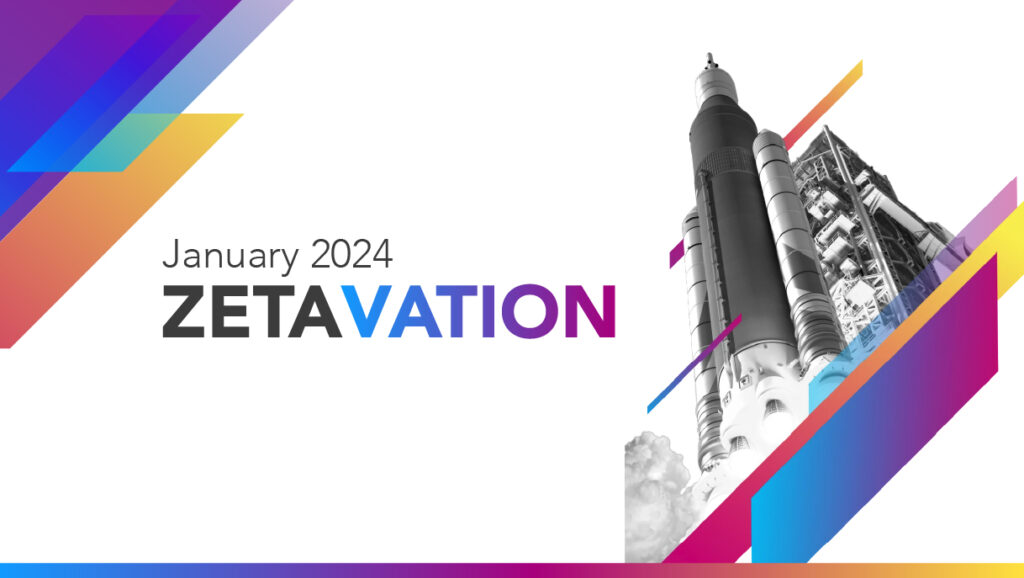
Articles | March 15, 2017 | 2 min read
Telling Better Digital Stories – Etsy’s Customer Engagement Story
After publishing Spotify’s and HBR’s customer engagement analysis, it’s time we introduce the third brand added to the customer engagement deconstruction series. We have decided to cover Etsy.
Etsy is a peer-to-peer eCommerce website focused on selling handmade and vintage items. They also sell one of a kind, factory manufactured goods. Being one of the first players in the market, Etsy attracted a huge crowd. Since its inception, Etsy saw rapid growth and acquired a lot of customers, leading to an IPO in 4 years.
As of early 2015, Etsy is said to have over 60 million users and 20% of it are active users, who sells or purchases from Etsy at least once a month. Their last publicly announced revenue was just over $200 million.
Why did we choose Etsy for our deconstruction series?
- Etsy saw a rapid growth and acquired almost 30 million users in just 4 years since their establishment. We were compelled to take a look into their engagement strategy to understand how they facilitated and attracted such a rapid influx of users.
- They are regarded as one of the few ecommerce business that are customer centric first and a business later.
- Etsy’s has adopted an omnichannel AI and Machine learning customer engagement model which is tightly integrated among all existing communication channel.
- Etsy’s tech stack is pretty diverse. They pay a lot of attention to their user’s behavior and use that data to create personalized user experience.
Glimpse of what you’ll find in the full deconstruction
- Is Etsy’s onboarding experience intuitive for its user?
- How does Etsy promote customer loyalty?
- How does Etsy interact with their user on a regular basis?
- How powerful is Etsy’s recommendation engine?
- How does Etsy push a user towards buying their offered products and reduce abandoned cart instances?
- Where does Etsy falter with it’s customer engagement strategy and how it can correct these instances.



